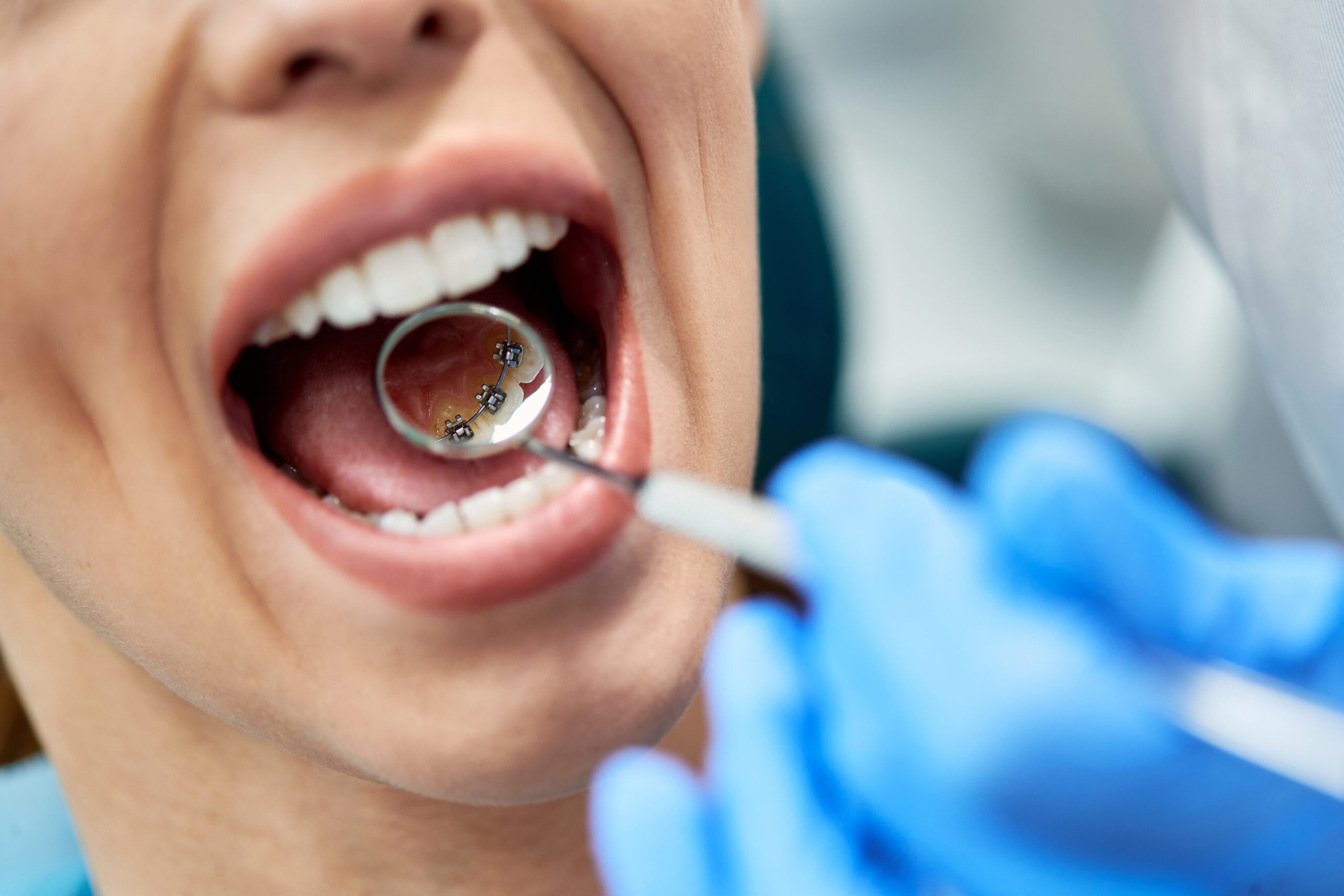The Single Strategy To Use For Legacy Orthodontics
The Single Strategy To Use For Legacy Orthodontics
Blog Article
10 Easy Facts About Legacy Orthodontics Shown
Table of ContentsAn Unbiased View of Legacy OrthodonticsHow Legacy Orthodontics can Save You Time, Stress, and Money.Facts About Legacy Orthodontics UncoveredThe Ultimate Guide To Legacy OrthodonticsThe 9-Minute Rule for Legacy Orthodontics
In addition, we use adjustable therapy schedules, flexible repayment choices and an enjoyable, enjoyable experience.An orthodontist is a dentist educated to identify, protect against, and treat teeth and jaw abnormalities. Orthodontists work with individuals of all ages, from kids to grownups.
Malocclusion, or misaligned teeth, can cause dental concerns, consisting of dental caries, gum disease, and hard or agonizing chewing. Not everyone is birthed with straight teeth. If you have a poor bite or huge rooms between your teeth, you might intend to seek advice from a dental practitioner concentrating on orthodontic care.
The Best Strategy To Use For Legacy Orthodontics
( Image Credit Report: DigitalVision/Getty Images) Orthodontists make use of taken care of and detachable oral devices, like braces, retainers, and bands, to alter the position of teeth in your mouth. Orthodontic therapy is for oral irregularities, including: Jagged teethBite troubles, like an overbite or an underbiteCrowded teeth or teeth that are too much apartJaw misalignmentThe goal of orthodontic treatment is to improve your bite.
A healthy bite guarantees you can eat, chew, and talk correctly. While you may think of orthodontists as mainly for youngsters or young adults that require dental braces, they can correct dental troubles at any type of age. Orthodontists attend university, dental college, and orthodontic institution. After college graduation, they spend 2 or 3 years in an orthodontic residency program.
, but not all dental experts are orthodontists. They focus on 2 areas: Exactly how to appropriately and safely move teeth How to effectively lead development in the teeth, jaw, and faceOnce an orthodontist has actually finished training, they have the choice to end up being board licensed.
Things about Legacy Orthodontics
Malocclusion leads to tooth congestion, an irregular jaw, or uneven bite patterns. Malocclusion is typically treated with: Your orthodontist affixes steel, ceramic, or plastic square bonds to your teeth.
Some individuals require a headgear to help move teeth right into line with pressure from outside the mouth. A retainer is a custom-made tool that keeps your teeth in place.
They're frequently used on children. They can create extra room in the mouth without needing to draw teeth. If you have a significant underbite or overbite, you may require orthognathic surgical treatment (likewise called orthodontic surgical treatment) to extend or reduce your jaw. Orthodontists utilize cords, surgical screws, or plates to support your jaw bone.
You may require to see an orthodontist if you have: Crowding or not sufficient space for every one of your teethOverbite, when your top teeth come by your bottom teethUnderbite, when your bottom teeth are also far forwardSpacing or issues with gapsCrossbite, which is when your top teeth fit behind your base teeth when your mouth is closedOpen bite or an upright space between your front base and top teethMisplaced midline, when the center of your base and upper teeth don't line up Remedying a dental malocclusion can: Make biting, chewing, and talking easierImprove the balance of our face and your total appearanceEase discomfort from temporomandibular joint conditionsSeparate your teeth and make them easier to clean, aiding prevent dental cavity or tooth cavities It's typically a dental practitioner who initially notifications misaligned teeth during a routine test.
Legacy Orthodontics Things To Know Before You Get This

Throughout your very first orthodontic consultation, you'll likely have: An oral examPhotos taken of your face and smileDental X-raysPanoramic (360 level) X-rays of your face and headImpressions to create mold and mildews of your teethThese examinations will certainly aid your orthodontist know just how to wage your treatment. leesburg braces. An orthodontist is a dentist that's had training to treat your teeth and jaw
An orthodontist is focused on your bite, so something like a chipped tooth would be taken care of by a dental professional. Orthodontists are concentrated on your bite, or the way your teeth fit with each other, and the straightness of your teeth.
Ever asked yourself exactly how celebrities constantly appear to have perfectly straightened teeth? The answer often lies recommended you read in the competent hands of an orthodontist. What precisely does an orthodontist do? Orthodontists are oral experts who concentrate on dealing with irregularities in the teeth and jaws. Their proficiency exceeds simply creating a lovely smile; it extends to enhancing your total dental health and function.
Excitement About Legacy Orthodontics

, orthodontists have a diverse toolkit at their disposal. These reliable dental braces utilize a system of brackets bound to the teeth and attached by wires.
Clear aligners, like Invisalign, are a prominent option for patients seeking a much more very discreet therapy choice. These removable trays are tailor-made to considerably change the teeth's setting. Headgear might be used in combination with dental braces or aligners to use additional targeted forces, especially for fixing jaw disparities. In instances of narrow jaws, palatal expanders can be utilized to develop room for proper tooth placement.
Report this page